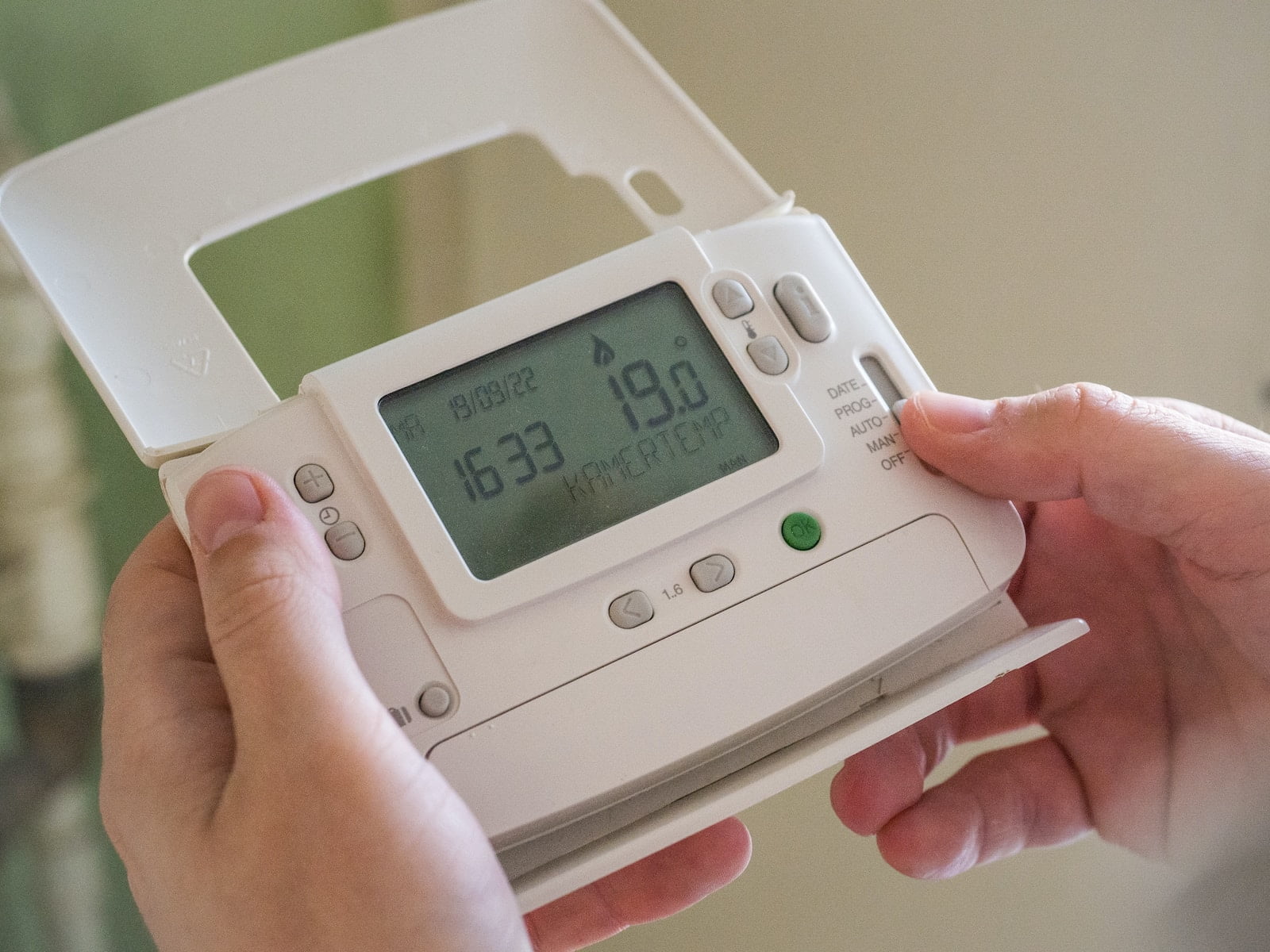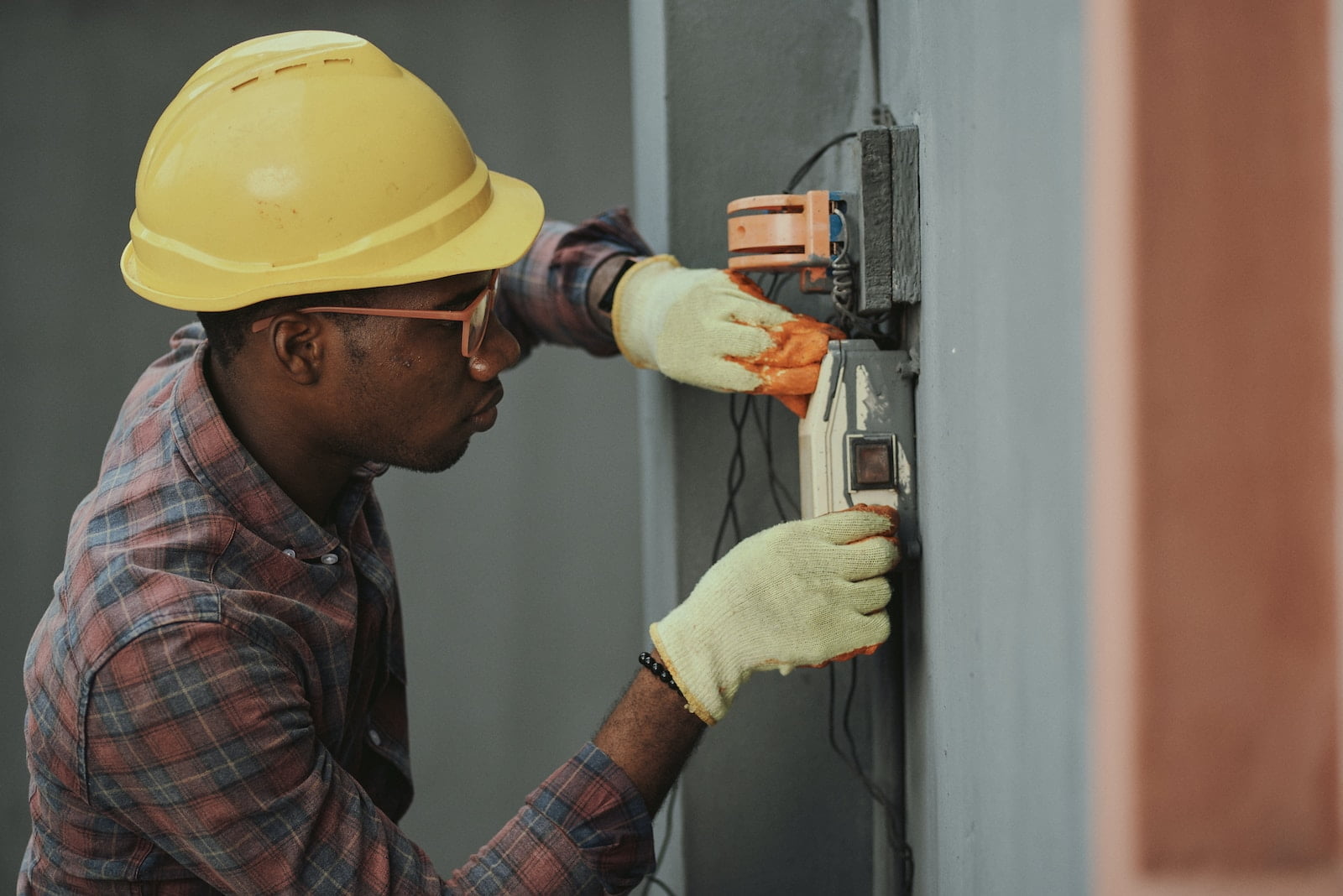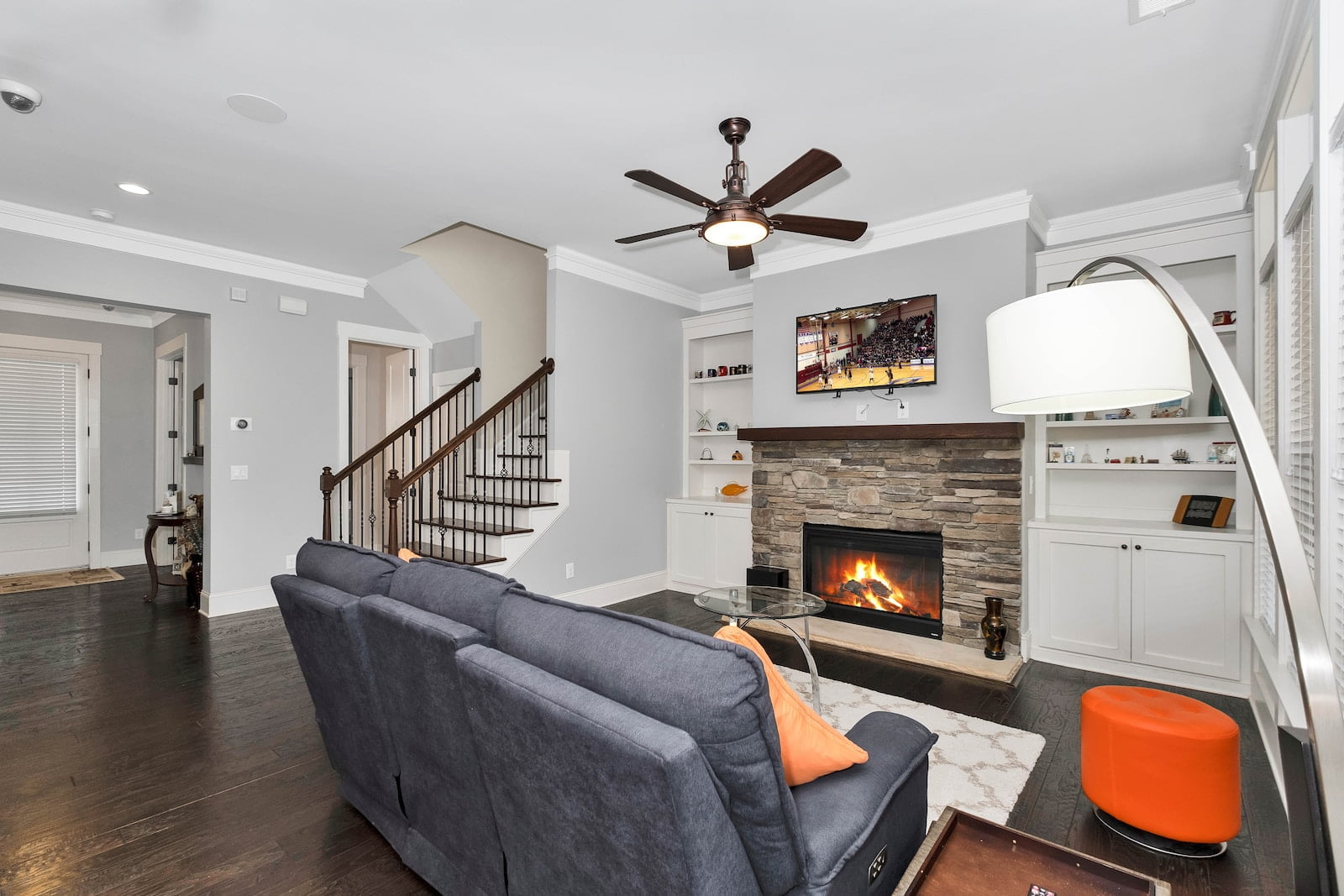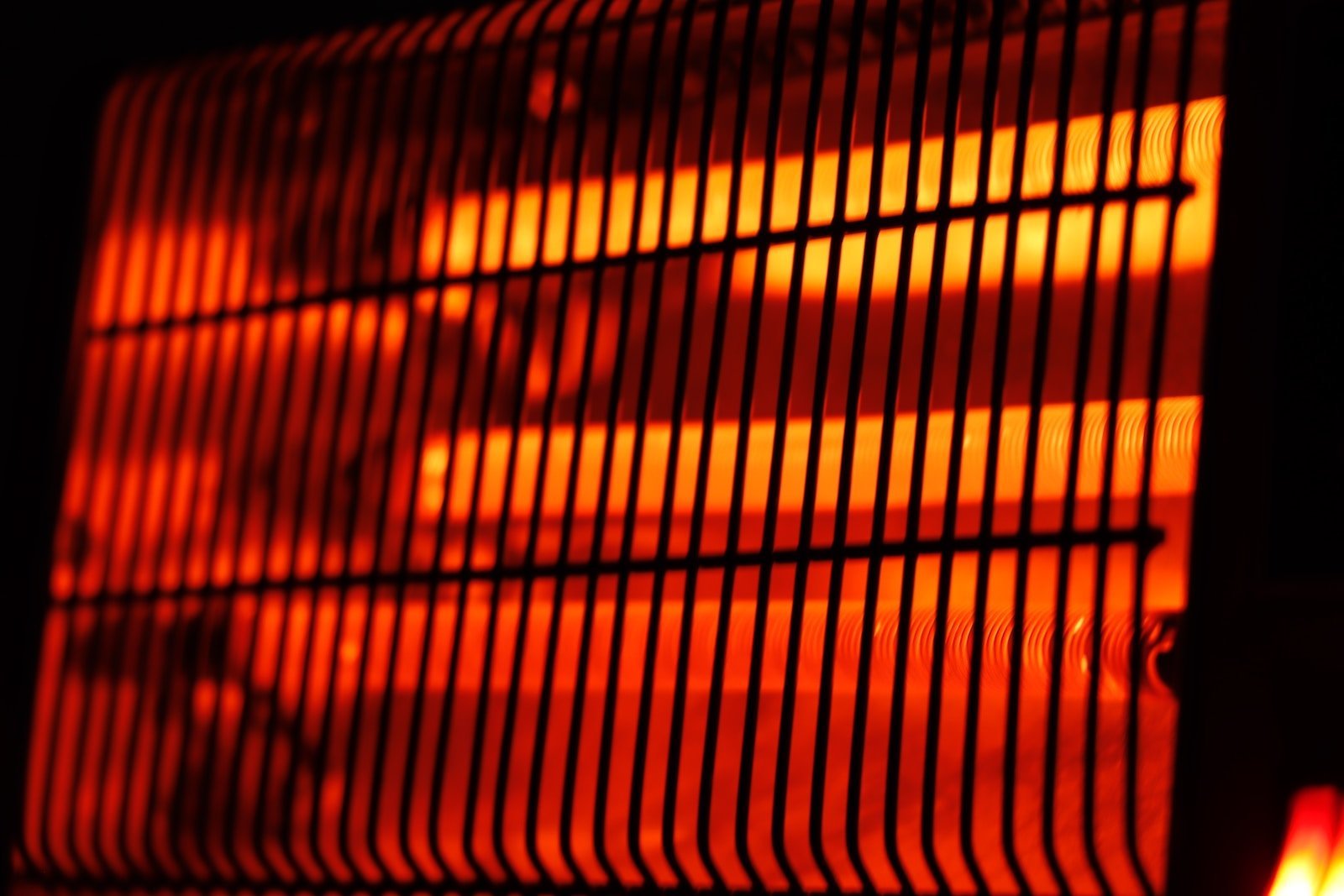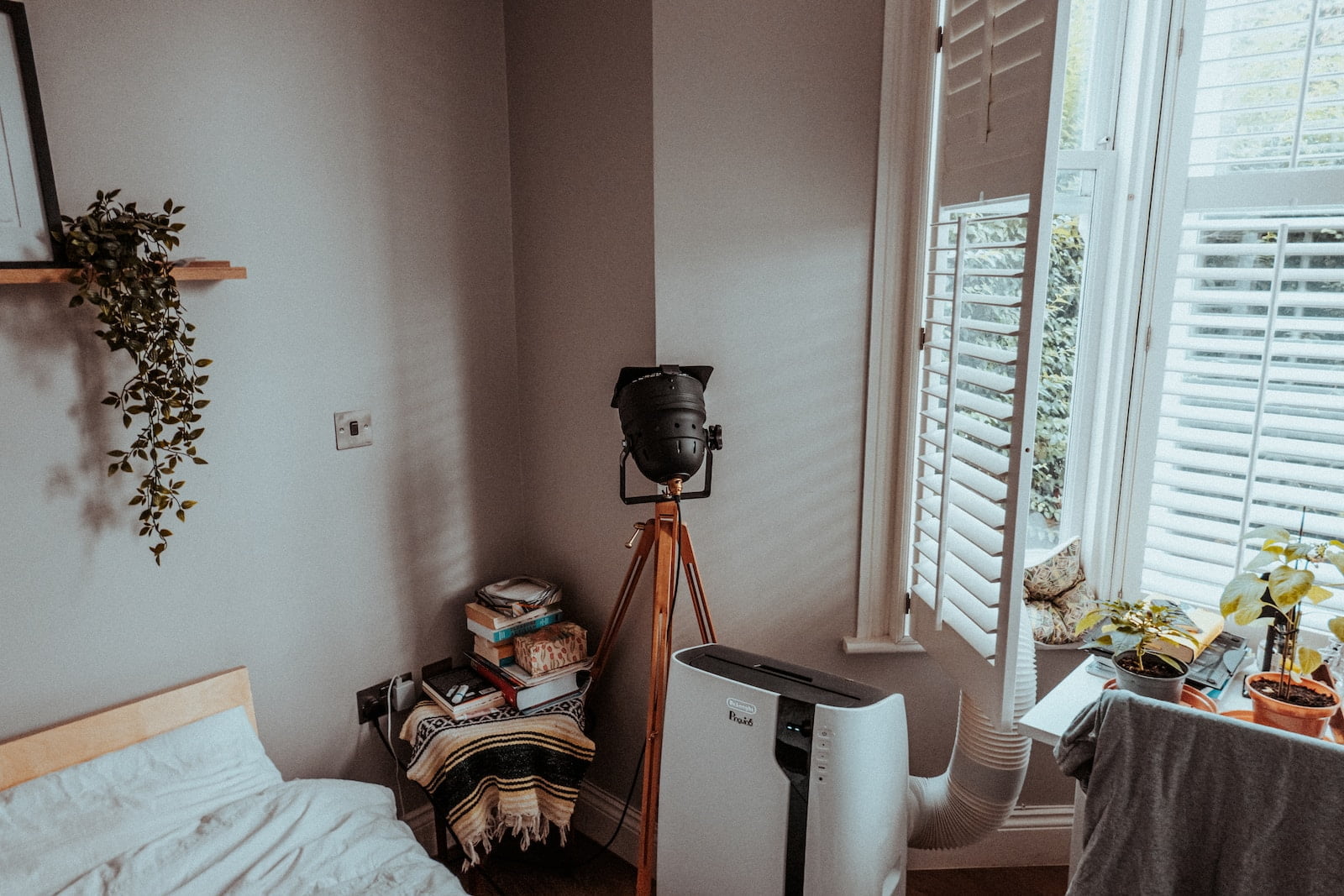Fixing Your AC: Dealing with Circuit Breaker Tripping
When it comes to the safety of your home or workplace, understanding circuit breakers is crucial. These devices are responsible for protecting your electrical system from overloading and causing potential hazards such as fires and electrical shocks. In this article, we will delve into the workings of circuit breakers, exploring how they operate and why they trip. By the end of this read, you will have a better understanding of the importance of circuit breakers and how they help keep your electrical systems safe.
Firstly, let’s define what a circuit breaker is. A circuit breaker is an automatic electrical switch that is designed to protect an electrical circuit from damage caused by excessive current flow. It works by interrupting the flow of electricity when the current exceeds a certain level, thus preventing damage to the circuit and the devices connected to it. With this basic understanding, let’s explore the different types of circuit breakers and how they function.
Overloading
One of the most common causes of circuit breaker tripping in AC units is overloading. This happens when the AC unit draws more electrical current than the circuit can handle. Overloading can occur due to several reasons such as using an undersized circuit breaker or having too many appliances connected to the same circuit. When the circuit breaker detects an overload, it immediately trips to prevent damage to the AC unit and other appliances connected to the circuit. To prevent overloading, make sure to use the correct size circuit breaker for your AC unit and avoid connecting too many appliances to the same circuit.
Troubleshooting Circuit Breaker Tripping: Steps to Take Before Calling a Professional
If your circuit breaker keeps tripping, it can be frustrating and inconvenient. However, before you call a professional, there are some steps you can take to troubleshoot the issue yourself. First, try to identify the source of the problem. Is it happening when you plug in a specific appliance or turn on a certain light? If so, that could be a sign of an overloaded circuit. Unplug the appliance or turn off the light and try resetting the breaker. If it stays on, you may need to redistribute the load on that circuit or consider adding a new circuit.
If the problem persists, check for any loose connections or damaged wiring. Turn off the breaker and inspect the wiring in the affected area. If you notice any loose connections or damaged wires, tighten or replace them as needed. It’s important to remember to turn off the power before working on any wiring to avoid electrocution.
If none of these steps solve the issue, it may be time to call a professional electrician. They can help identify and fix any underlying problems with your electrical system that may be causing the circuit breaker to trip. Remember to always prioritize safety when dealing with electrical issues, and never hesitate to call a professional if you’re unsure of what to do.
DIY Solutions for Minor AC Issues: Fixing Circuit Breaker Tripping
If you’re experiencing frequent circuit breaker tripping, it could be due to minor AC issues that you can easily fix yourself. One common cause of circuit breaker tripping is a dirty air filter. A dirty air filter restricts airflow, causing the AC to work harder than necessary, which can trip the circuit breaker. To fix this issue, simply replace the air filter.
Another cause of circuit breaker tripping is a frozen evaporator coil. This can happen when the AC is running continuously without a break, causing the coil to freeze over. To fix this issue, turn off the AC and let the coil thaw out before turning it back on.
A third cause of circuit breaker tripping is a faulty capacitor. The capacitor is responsible for starting the AC’s compressor, and a faulty capacitor can cause the compressor to overwork and trip the circuit breaker. To fix this issue, you’ll need to replace the faulty capacitor.
In conclusion, circuit breaker tripping can be a frustrating issue, but it’s often caused by minor AC issues that you can fix yourself. By replacing the air filter, thawing out a frozen evaporator coil, or replacing a faulty capacitor, you can save yourself the hassle and expense of calling in a professional.
When to Call a Professional: Signs That Your AC Circuit Breaker Tripping Problem Requires Expert Help
If you have been experiencing frequent tripping of your AC circuit breaker, it is important to know when to call in a professional. While some issues with your AC may be easily resolved, others may require the expertise of an HVAC technician. One sign that you need professional help is if the circuit breaker continues to trip even after you have reset it. This may indicate a more serious issue with your AC unit that requires professional attention.
Another sign that you need to call in a professional is if you notice any strange noises or smells coming from your AC unit. These may be signs of a malfunctioning component that could be causing the circuit breaker to trip. Additionally, if you notice any signs of damage to your AC unit, such as leaks or rust, it is important to have a professional inspect it as soon as possible.
Overall, if you are experiencing frequent circuit breaker tripping with your AC unit, it is best to call in a professional to diagnose and resolve the issue. Attempting to fix the problem yourself could result in further damage to your AC unit or even injury to yourself. So, don’t hesitate to call in an expert to ensure that your AC unit is functioning properly and safely.
